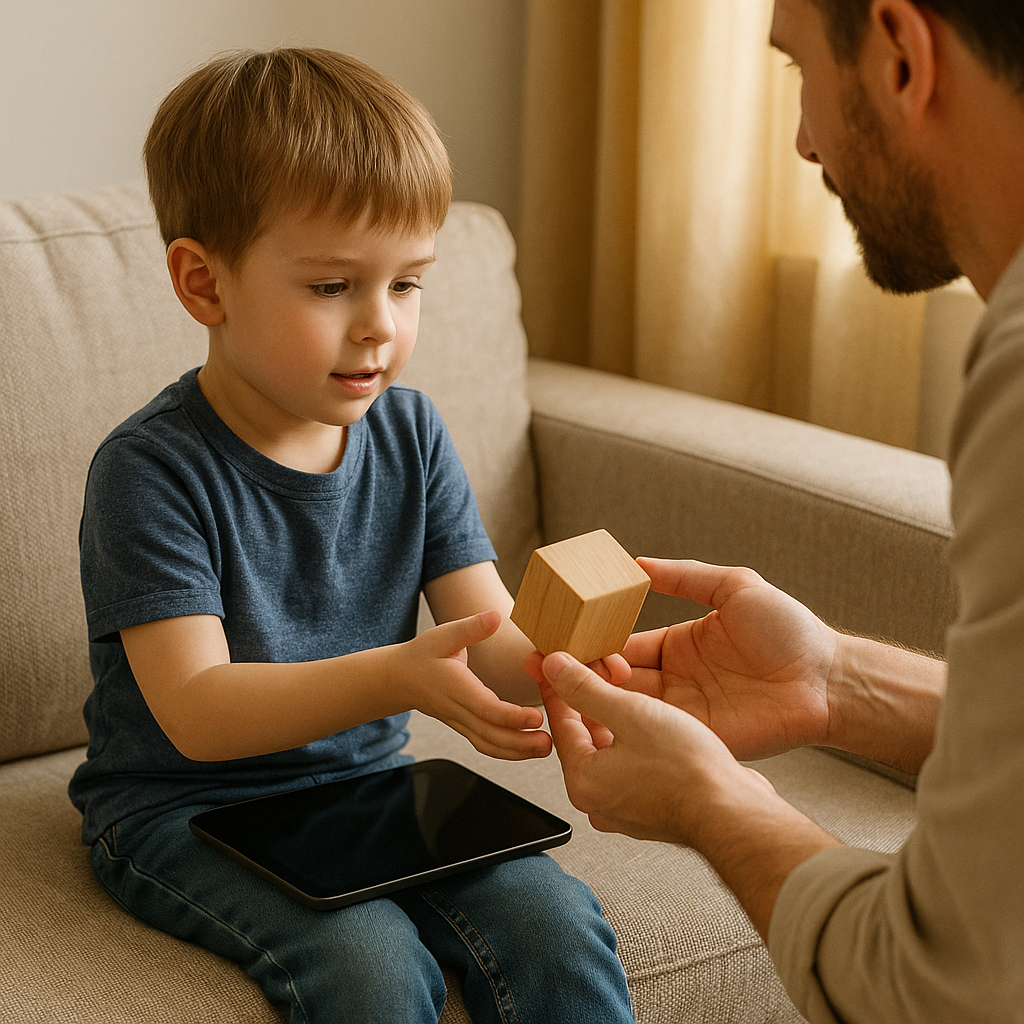
When Screens Rule the Playroom: How to Gently Guide Your Child Back to Analog Toys
Share
✨ Intro
“Just five more minutes!” If your child says this every time you try to take away a screen, you’re not alone. Screens offer instant reward and engagement — but too much screen time can affect emotional regulation, sleep, and even attention spans.
According to the American Academy of Pediatrics, children aged 2–5 should be limited to one hour of high-quality screen time per day. But the real challenge? Filling the rest of the day with equally engaging, healthier alternatives.
That’s where analog toys step in.
🧠 Why Screens Win — And How Toys Can Compete
Digital media is fast-paced, colorful, and addictive. Analog toys might seem “boring” in comparison — but only at first. Research shows that traditional toys activate imagination, problem-solving, and even language development more effectively than passive screen time.
A 2020 study in Pediatrics found that open-ended toys — such as blocks, dolls, and puzzles — foster longer attention spans and deeper play than screen-based activities.
🪁 Gentle Strategies to Shift from Screen to Toy
✅ 1. Use “Transition Toys”
Instead of abruptly taking away the screen, introduce an interactive toy alongside it. For example:
-
While your child watches a nature show, hand them a magnifying glass or animal figurines to “explore along.”
This builds a bridge from digital to real-world engagement.
✅ 2. Rotate & Refresh the Toy Shelf
Too many visible toys can be overwhelming. Instead, try a rotation system — displaying just 5–6 toys at a time. Reintroducing stored toys feels like getting something new!
✅ 3. Play with Them First
Children often need a social spark to begin play. Sit down with your child and play together — build a block tower or start a pretend restaurant. Once engaged, they often continue on their own.
✅ 4. Create a “Screen-Free Adventure Basket”
Fill a small bin with tactile, creative toys:
-
Wooden puzzles, play dough, animal figurines, musical instruments
Bring it out only during moments when they ask for the screen — turning “no screen time” into “special playtime.”
🌱 Real Change Happens Gradually
Shifting from screen to analog isn’t about strict rules or guilt. It’s about showing your child that play is more fun when they’re the main character — not just a viewer.
And every minute away from the screen builds skills they’ll use for life.
